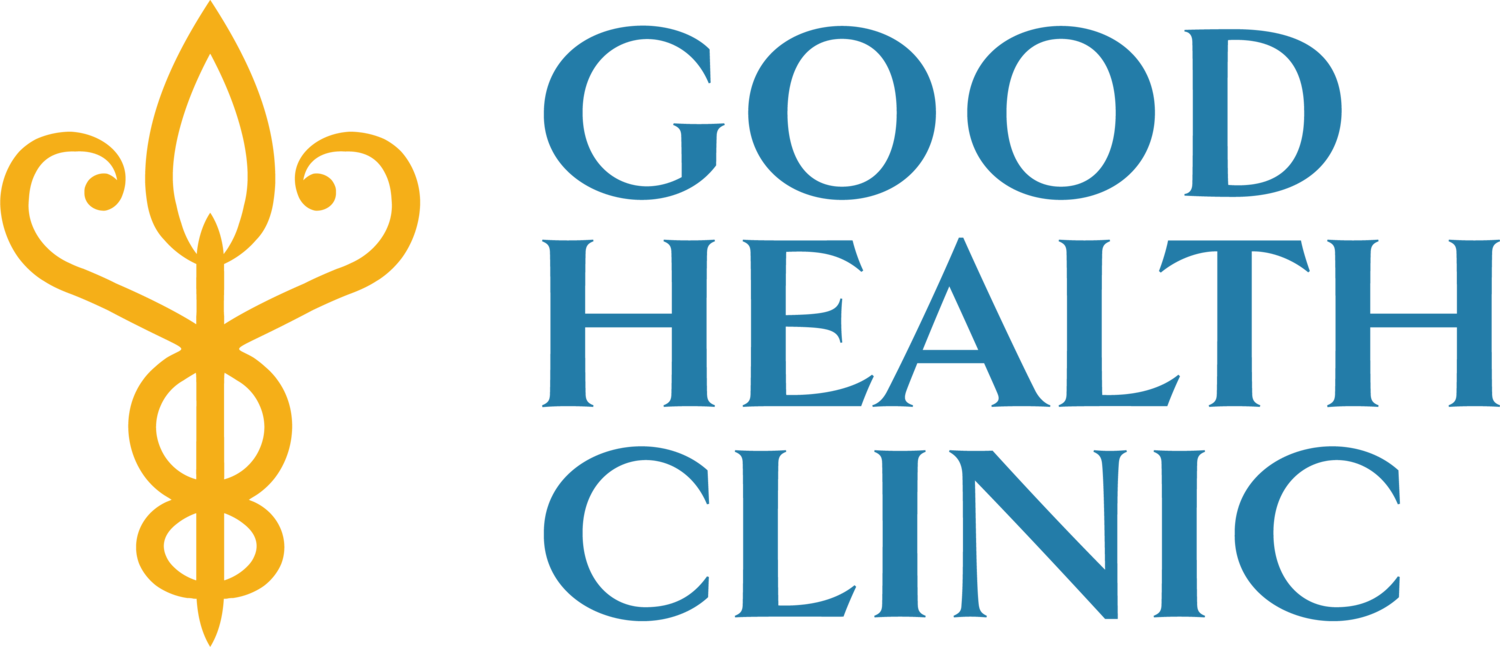Checklist For Interventions For Pans/Pandas And Autism
Autism is a condition that most often results from both epigenetic and intra-uterine environmental exposures (toxicity, infections and mum’s own antibodies that cross-react with central nervous system tissues of the developing baby in the womb). The term ‘epigenetic’ means how environmental exposures affect your genes.
PANS and PANDAS are both conditions where infections trick the immune system into attacking certain parts of the brain. This produces neuropsychiatric symptoms which are physical, not psychological in origin. PANDAS refers to step infections specifically as the infectious driver. PANDAS embraces many other infections (viral, bacterial, fungal) which can drive this autoimmune condition.
Both autism and PANS/PANDAS inflame the brain of the sufferer. Both can affect both children and adults. Both are frequently misdiagnosed and wrongly treated. Both conditions are hard on families looking after the sufferer. A common misconception is that very little can be done for both conditions. Another common misconception is that one intervention is enough to produce a difference.
Patients can improve but it takes more than one intervention to do so. Below is a checklist for Autism and PANS/PANDAS to give you some idea of what it takes to make a difference with these conditions.
PANS/PANDAS and AUTISM CHECKLIST
Absolute protection in the home from wifi radiation (the very least is significant steps to minimalise exposures).
Identify and treat the chronic infections prevalent in both autism and PANS/PANDAS. These can include Lyme and co-infections (Coxsackie, Epstein Barr Virus, Bartonella, Cytomegalovirus, mould etc.) and parasites which drive increased histamine and mast cell activation
Detoxification strategies focusing on aluminium, mercury, glyphosate, mould toxins. Start with diet, then can include ionic footpaths, propolis inhalation, detox tinctures and more.
Clean up the home environment from mould, chemicals, dust etc.
Gluten-free, casein-free, very low sugar diet. This is sometimes hard to implement because of fussy and allergic eating. However, it is best if the whole family adopts a healthier eating regime so that unhealthy inflammatory foods are not in the house.
Supplement missing vitamins. This could be Vitamin D, omega 3, biotin etc. This is often the only intervention that people know about. While necessary, it is simply not enough on its own.
Reduce brain inflammation, not with drugs but with plant-based bioflavonoids such as luteolin, baicalin/scullcap, curcumin etc.
Address infections directly, not with drugs but plant-based bioflavonoids, against which infections will have less chance to become resistant.
Check for hidden dental infections in teeth and jawbone and address with Biological dentistry.
Check for chronically infected tonsil tissues with PANS/PANDAS-literate ear Nose and Throat Surgeon. Removal of chronically infected tonsils.
Improve the dental ‘bite’ to help improve blood flow to the brain.
Check for CCSVI (chronic cerebrospinal venous insufficiency). Anterior neck massage with specific cream to ‘open up’ the veins which improves brain lymphatics
Stimulate brain with sensory input - cross-crawl, cranio-sacral work etc.
Attend to any emotional upset connected with the whole family. My preferred method is Dianetics/Self Analysis counselling and self-help courses specially designed to support and improve family dynamics.
I am indebted to the pioneering work of autism specialist Dr Dietrich Klinghardt for many of the above interventions.
If you would like help with autism or PANS/PANDAS, please contact the Good Health Clinic on goodhealthclinic@outlook.com to request a free 30 minute Enquiry Call or book an appointment. Please note that an Enquiry Call is not a consultation

